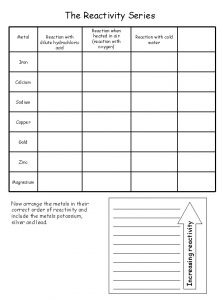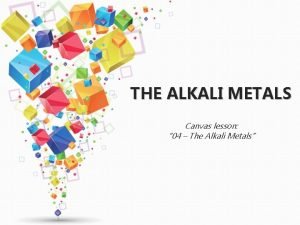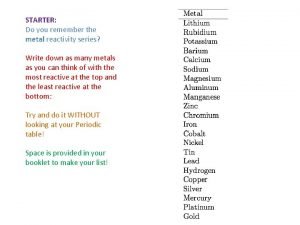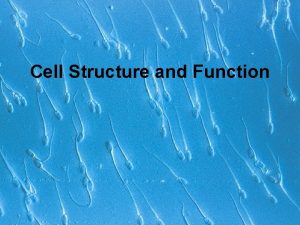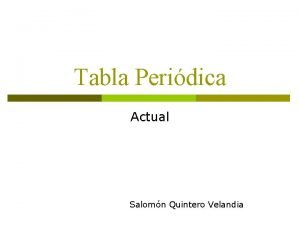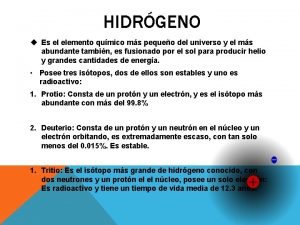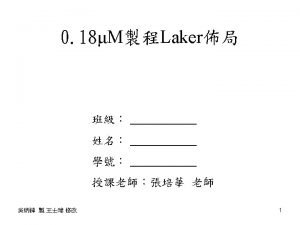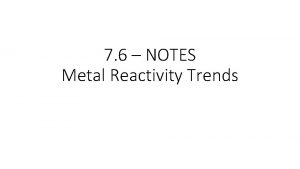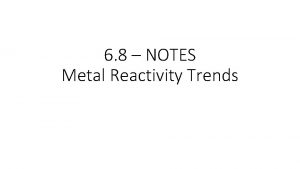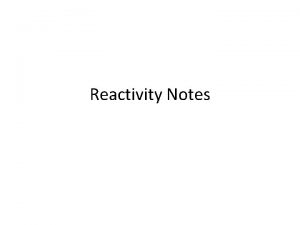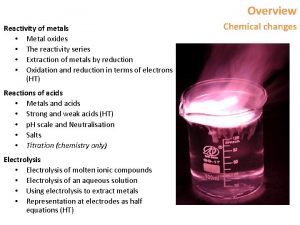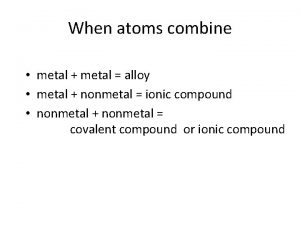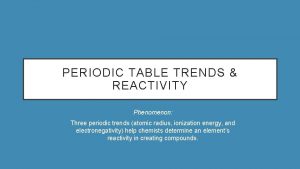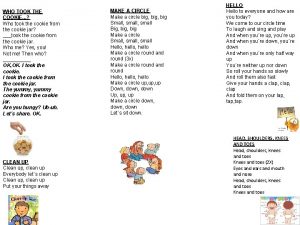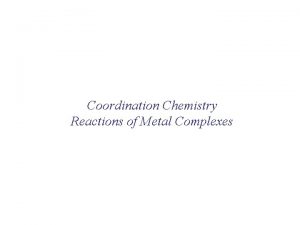5 9 NOTES Metal Reactivity Trends Reactions took
















- Slides: 16

5. 9 – NOTES Metal Reactivity Trends

• Reactions took place when a more reactive halogen was added to a less reactive halogen ion (halide). • More reactive Cl 2 + 2 Na. I 2 Na. Cl + I 2 less reactive • • This type of reaction is known as a single replacement reaction.

• B. 13 Metal Reactivity • Copper reacts with oxygen to turn black, but the reaction needs to be heated. • • 2 Cu(s) + O 2(g) 2 Cu. O(s) • Copper black • Copper (II) Oxide

• Magnesium reacts with oxygen, but when heated burns in a flash of light • 2 Mg (s) +O 2(g) 2 Mg. O(s) + light Magnesium Oxide

• Gold will not react with oxygen, even when heated • Different metals have different levels of reactivity, just as you saw in the Relative Reactivities of Metals Lab • How would you rank the reactivities of Cu, Mg and Au? • Most Mg, Cu, Au least

• Activity series • Ranking the elements according to their chemical reactivities • Listed on page 145 in book, see handout • The activity series predicts if chemical reactions will occur • Most reactive at top • Least reactive at bottom


• Use your activity series and periodic table to answer the following questions 1. Will Pb metal react with Ag+ ions? 1. Yes, Pb is above Ag, it is more reactive

• 2. What trend in metallic reactivity is found as you move from left to right across a horizontal row (period) of the periodic table? (Hint: compare the reactivity of sodium with magnesium and aluminum. ) • Metal reactivity goes down as you move L to R

• 3. Where are the most reactive metals on the periodic table found? • Top left corner alkali and alkaline earth metals

• 4. Where are the least reactive metals located? • Transition Metals

• 5. Will iron (Fe) react with a solution of lead (II) nitrate (Pb(NO 3)2)? • Fe + PB(NO 3)2 yes, reactions happens, Fe is above Pb

• 6. Will platinum (Pt) metal react with a lead (II) nitrate solution? • Pt + Pb(NO 3)2 no, Pt is below Pb

• 7. Explain your answers to questions 5 and 6. • Element is above ion, reaction will happen • Element is below ion, reaction won’t happen

• Use specific examples from the activity series in your answers to these two questions: • Are the least reactive metals also the least expensive metals? • No, Au, Pt, Ag are least reactive but expensive.

• If not, what other factor(s) might influence the market value of a metal? • Abundance, fashion, preference, strength, how easily is it mined.
 Reactivity series and displacement reactions
Reactivity series and displacement reactions Reactivity trend periodic table
Reactivity trend periodic table Alkali metal melting point
Alkali metal melting point Reactivity series easy way to learn
Reactivity series easy way to learn Section 2 reinforcement classifying chemical reactions
Section 2 reinforcement classifying chemical reactions Chemical reactions section 3 reactions in aqueous solutions
Chemical reactions section 3 reactions in aqueous solutions Section 2 classifying chemical reactions
Section 2 classifying chemical reactions Chemistry unit 5 reactions balancing reactions worksheet
Chemistry unit 5 reactions balancing reactions worksheet Redox examples
Redox examples Joy took the notes shown below while learning about cells
Joy took the notes shown below while learning about cells Non metals examples
Non metals examples Melting point of nonmetals
Melting point of nonmetals Grupo b tabla periódica
Grupo b tabla periódica Venn diagram states of matter
Venn diagram states of matter Electrones de valencia de francio
Electrones de valencia de francio Uses of metals and nonmetals
Uses of metals and nonmetals Pimp nimp
Pimp nimp
